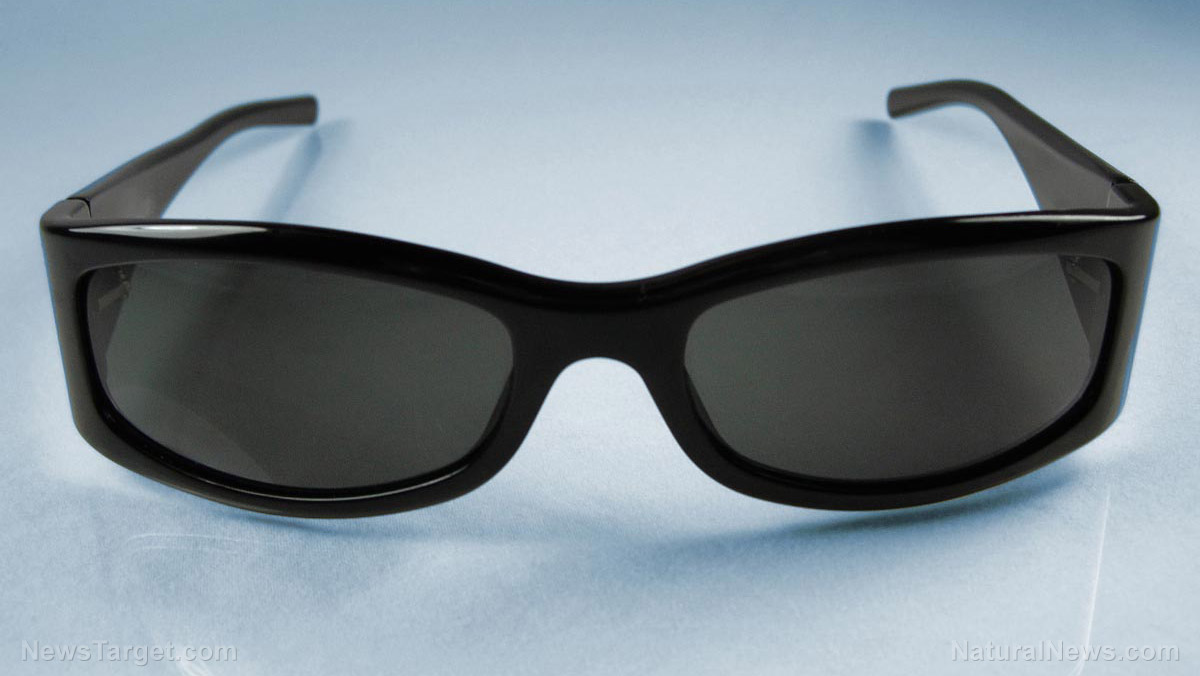American researchers presented the very first swimming robots that do not need motors, servos, or a supply of power for propulsion. In a Science Daily article, the soft robots are made of responsive materials that change their shape whenever the temperature shifts.
The regular deforming and reforming of their materials allow the robots to paddle through water without relying on any engine.
California Institute of Technology (Caltech) professor Chiara Daraio served as the author of the paper. He said that their new line showed it is possible to control and propel robots by building them out of materials that deform according to the environment.
Daraio’s team used strips of a flexible polymer that reacts to temperature changes. The material contracts when it is cold and expands when it is warm.
The polymer strips are attached to a switch inside the body of the soft robot. In turn, the switch is connected to a paddle. The contraction and expansion of the strips trigger the switch, which activates the paddle that propels the robot through the water. (Related: Researchers create robot fish that can swim right next to real ones in coral reefs.)
New motor-less soft robots use responsive materials and bistable elements for propulsion
The switch is made from a bistable element. This kind of element can achieve stability in two different geometries. Like the polymer strips, the switch is also made from strips of an elastic material. When the activated polymer pushes the switch, the switch changes position. Placing a cold robot in warm water causes the polymer strips to expand. The stretching polymer will activate the switch, producing a burst of energy that turns the paddle of the robot.
The polymer material can also be adjusted so that they will react in certain ways at different intervals. A thicker strip takes more time to get warm, stretch itself, and activate its paddle.
Thanks to this tunable material, a soft robot can be given the ability to turn and move at different speeds.
Daraio previously worked on a similar project alongside another Caltech professor, Dennis Kochmann. Their earlier study relied on chains of bistable elements that could send signals and function like the logic gates of computers.
The new soft robots took that predecessor system to the next level. Arranging polymer elements and switches in certain ways resulted in a robot with four paddles.
One such robot could row itself forward, unload its token cargo at the designated spot, and then move backwards.
“Combining simple motions together, we were able to embed programming into the material to carry out a sequence of complex behaviors,” explained Osama R. Bilal, a Caltech postdoctoral student who served as Daraio’s co-first author.
Perpetual-motion soft robots could clean up chemical spills and administer drugs
The Caltech researchers believe that they can increase the functions and responses of their soft robots by changing the materials that comprise their bodies. They could use polymers that react to pH or salinity instead of temperature.
A potential use for such robots is in chemical spills. They would be made of materials that react to the specific chemical in the water. If made small enough, future soft robots could even serve as delivery mechanisms for drugs in the treatment of diseases.
Daraio, Bilal, and their colleagues are working on improving their current robots. The bistable elements need manual resetting after releasing their energy.
A redesign would allow the materials to reset themselves once the temperature of the water changes. Soft robots made out of self-resetting bistable elements would be able to swim forever as long as the temperature keeps changing.
Read about more discoveries involving materials and robots at Discoveries.news.
Sources include:
ScienceDaily.com
PNAS.org



















